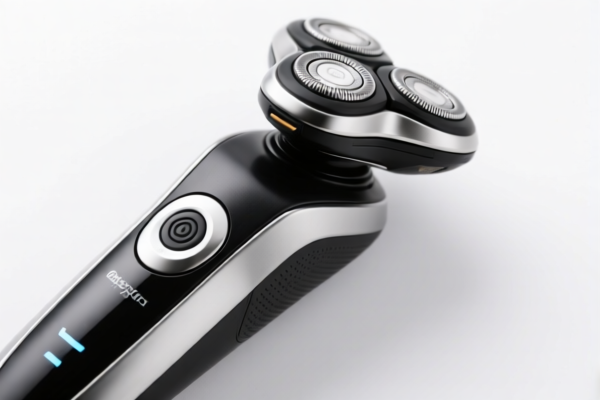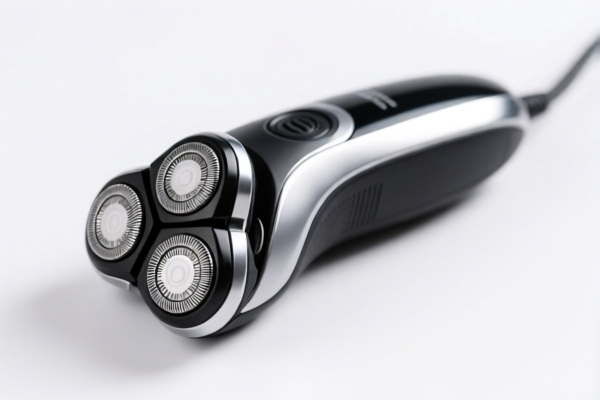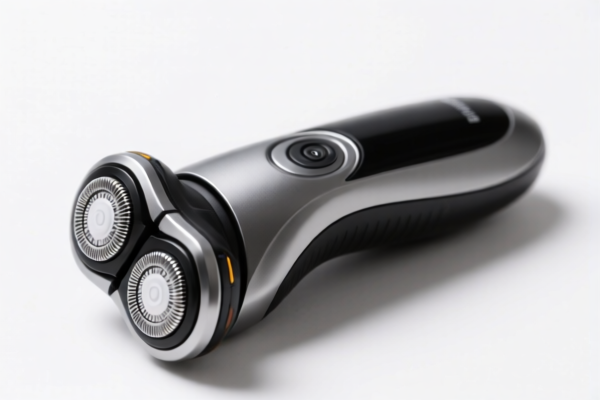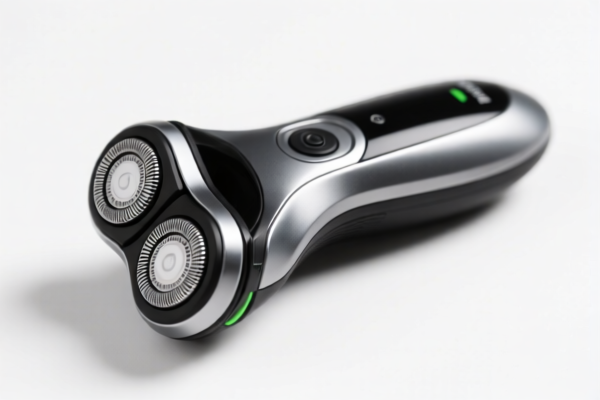| HS Code | Official Doc | Tariff Rate | Origin | Destination | Effective Date |
|---|---|---|---|---|---|
| 8452100010 | Doc | 37.5% | CN | US | 2025-05-12 |
| 8452100090 | Doc | 37.5% | CN | US | 2025-05-12 |
| 8440100000 | Doc | 37.5% | CN | US | 2025-05-12 |
| 8440900000 | Doc | 37.5% | CN | US | 2025-05-12 |
| 8479899560 | Doc | 32.5% | CN | US | 2025-05-12 |
| 8479909596 | Doc | 80.0% | CN | US | 2025-05-12 |
| 8202990000 | Doc | 55.0% | CN | US | 2025-05-12 |
| 8206000000 | Doc | The rate of duty applicable to that article in the set subject t+30.0% | CN | US | 2025-05-12 |




Electric Pusher Shears
Electric pusher shears are handheld power tools designed for cutting sheet metal. They utilize a reciprocating blade driven by an electric motor to shear through materials, offering a more efficient and controlled cutting process compared to manual shears.
Material
- Blades: Typically constructed from hardened tool steel (e.g., high-carbon steel, alloy steel) to maintain sharpness and withstand the stress of cutting. Blade coatings (e.g., titanium nitride) may be applied for increased durability and reduced friction.
- Body: Commonly made of steel or durable plastic composites for robustness and operator comfort. Aluminum housings are also found in some models to reduce weight.
- Motor: Electric motors are the core component, often universal motors providing high speed and power.
- Gears: Internal gearing systems, usually steel, transmit power from the motor to the blade.
Purpose
The primary purpose of electric pusher shears is to efficiently and accurately cut sheet metal for various applications, including:
- HVAC Ductwork: Cutting and shaping sheet metal ducts for ventilation systems.
- Roofing: Cutting metal roofing panels and flashing.
- Automotive: Cutting sheet metal for body repairs and fabrication.
- Sheet Metal Fabrication: General purpose cutting for various metalworking projects.
- Construction: Cutting metal studs, channels, and other construction materials.
Function
Electric pusher shears operate by:
- Motor Activation: An electric motor spins a drive mechanism.
- Blade Reciprocation: The drive mechanism causes a blade to move back and forth in a shearing motion.
- Material Clamping: The tool is pushed along a marked line on the sheet metal. A clamping mechanism (often a roller or guide) stabilizes the material.
- Shearing Action: The reciprocating blade progressively shears the metal as the tool is advanced.
- Chip Ejection: Many models include chip ejection systems to remove metal fragments from the cutting path.
Usage Scenarios
- Straight Cuts: Ideal for long, straight cuts in sheet metal.
- Curved Cuts: Some models with adjustable heads or specialized blades can handle moderate curves.
- Notching: Certain shears are designed for creating notches or cutouts.
- Mobile Applications: Cordless models provide portability for on-site work.
- Shop Fabrication: Benchtop or handheld use in metalworking shops.
Common Types
- Straight Shears: The most common type, designed for straight cuts. Available in various throat depths (distance from blade to back of tool) for different sheet thicknesses.
- Curved Shears: Feature a curved blade for cutting curves and circles.
- Notching Shears: Equipped with specialized blades or attachments for creating notches and cutouts.
- Corded Shears: Powered by a mains electricity supply, offering consistent power.
- Cordless Shears: Battery-powered for portability and convenience.
- Benchtop Shears: Larger, stationary models for high-volume cutting.
- Nibblers: A specialized type that removes small pieces of metal with a punching and shearing action, suitable for complex shapes.
Electric pusher shears are machines used for cutting materials, typically metal sheets, utilizing an electric motor to drive a pushing or shearing action. They are commonly found in metalworking and fabrication industries.
The following HS codes from the provided reference material may be relevant:
-
8479899560: Machines and mechanical appliances having individual functions, not specified or included elsewhere in this chapter; parts thereof: Other machines and mechanical appliances: Other: Other Automotive maintenance machines. This code could apply if the electric pusher shears are specifically designed for automotive maintenance applications.
- 84: Chapter – Nuclear reactors, boilers, machinery and mechanical appliances; parts thereof.
- 79: Heading – Machines and mechanical appliances having individual functions, not specified or included elsewhere in this chapter.
- 89: Subheading – Other machines and mechanical appliances.
- 95: Further Subheading – Other: Other Automotive maintenance machines.
-
8479899560: Machines and mechanical appliances having individual functions, not specified or included elsewhere in this chapter; parts thereof: Other machines and mechanical appliances: Other: Other. This is a broader category that may apply if the shears don't fall into a more specific automotive maintenance classification.
- 84: Chapter – Nuclear reactors, boilers, machinery and mechanical appliances; parts thereof.
- 79: Heading – Machines and mechanical appliances having individual functions, not specified or included elsewhere in this chapter.
- 89: Subheading – Other machines and mechanical appliances.
- 95: Further Subheading – Other: Other.
-
8479909596: Machines and mechanical appliances having individual functions, not specified or included elsewhere in this chapter; parts thereof: Parts: Other Other. This code applies to parts of the machines mentioned above.
- 84: Chapter – Nuclear reactors, boilers, machinery and mechanical appliances; parts thereof.
- 79: Heading – Machines and mechanical appliances having individual functions, not specified or included elsewhere in this chapter.
- 90: Subheading – Parts.
- 95: Further Subheading – Other: Other.
Regarding HS code 8479899560 and 8479909596, the total tax rate is 32.5% for the machine and 80.0% for the parts.
It is important to note that the classification of electric pusher shears may depend on their specific design and intended use. If the shears are designed for a specific industry, such as metalworking, a more specific HS code may be applicable.
Customer Reviews
No reviews yet.